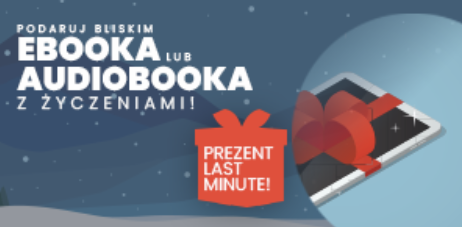
Programming Entity Framework. Building Data Centric Apps with the ADO.NET Entity Framework. 2nd Edition Julia Lerman




- Autor:
- Julia Lerman
- Wydawnictwo:
- O'Reilly Media
- Ocena:
- Stron:
- 920
- Dostępne formaty:
-
ePubMobi
 opcje wysyłki »
opcje wysyłki »
Opis
książki
:
Programming Entity Framework. Building Data Centric Apps with the ADO.NET Entity Framework. 2nd Edition
Get a thorough introduction to ADO.NET Entity Framework 4 -- Microsoft's core framework for modeling and interacting with data in .NET applications. The second edition of this acclaimed guide provides a hands-on tour of the framework latest version in Visual Studio 2010 and .NET Framework 4. Not only will you learn how to use EF4 in a variety of applications, you'll also gain a deep understanding of its architecture and APIs.
Written by Julia Lerman, the leading independent authority on the framework, Programming Entity Framework covers it all -- from the Entity Data Model and Object Services to WCF Services, MVC Apps, and unit testing. This book highlights important changes for experienced developers familiar with the earlier version.
- Understand the core concepts you need to make the best use of the EF4 in your applications
- Learn to query your data, using either LINQ to Entities or Entity SQL
- Create Windows Forms, WPF, ASP.NET Web Forms, and ASP.NET MVC applications
- Build and consume WCF Services, WCF Data Services, and WCF RIA Services
- Use Object Services to work directly with your entity objects
- Create persistent ignorant entities, repositories, and write unit tests
- Delve into model customization, relationship management, change tracking, data concurrency, and more
- Get scores of reusable examples -- written in C# (with notes on Visual Basic syntax) -- that you can implement right away
Wybrane bestsellery
O'Reilly Media - inne książki
Dzięki opcji "Druk na żądanie" do sprzedaży wracają tytuły Grupy Helion, które cieszyły sie dużym zainteresowaniem, a których nakład został wyprzedany.
Dla naszych Czytelników wydrukowaliśmy dodatkową pulę egzemplarzy w technice druku cyfrowego.
Co powinieneś wiedzieć o usłudze "Druk na żądanie":
- usługa obejmuje tylko widoczną poniżej listę tytułów, którą na bieżąco aktualizujemy;
- cena książki może być wyższa od początkowej ceny detalicznej, co jest spowodowane kosztami druku cyfrowego (wyższymi niż koszty tradycyjnego druku offsetowego). Obowiązująca cena jest zawsze podawana na stronie WWW książki;
- zawartość książki wraz z dodatkami (płyta CD, DVD) odpowiada jej pierwotnemu wydaniu i jest w pełni komplementarna;
- usługa nie obejmuje książek w kolorze.
Masz pytanie o konkretny tytuł? Napisz do nas: sklep@helion.pl
Książka drukowana

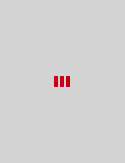
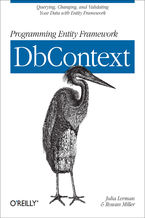

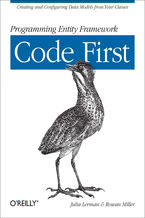
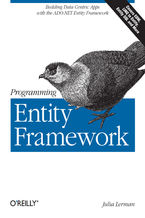

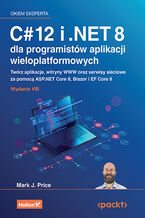
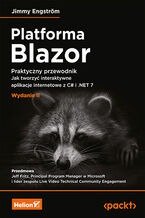
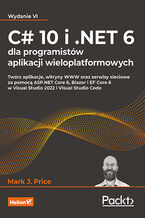

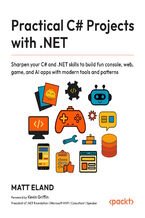
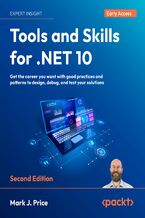
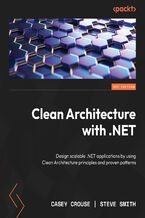
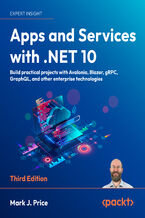
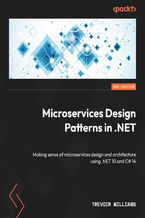






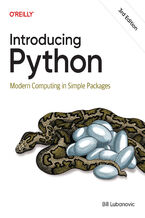
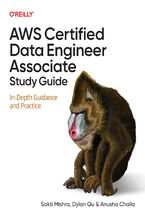
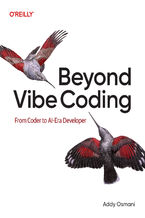
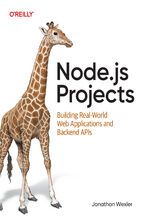
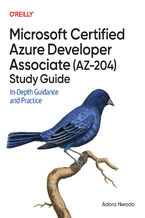
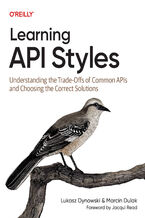
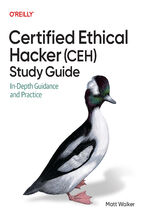
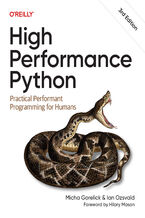
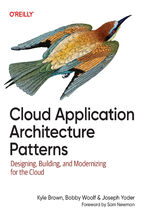
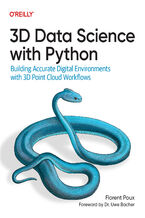



Oceny i opinie klientów: Programming Entity Framework. Building Data Centric Apps with the ADO.NET Entity Framework. 2nd Edition Julia Lerman
(0)